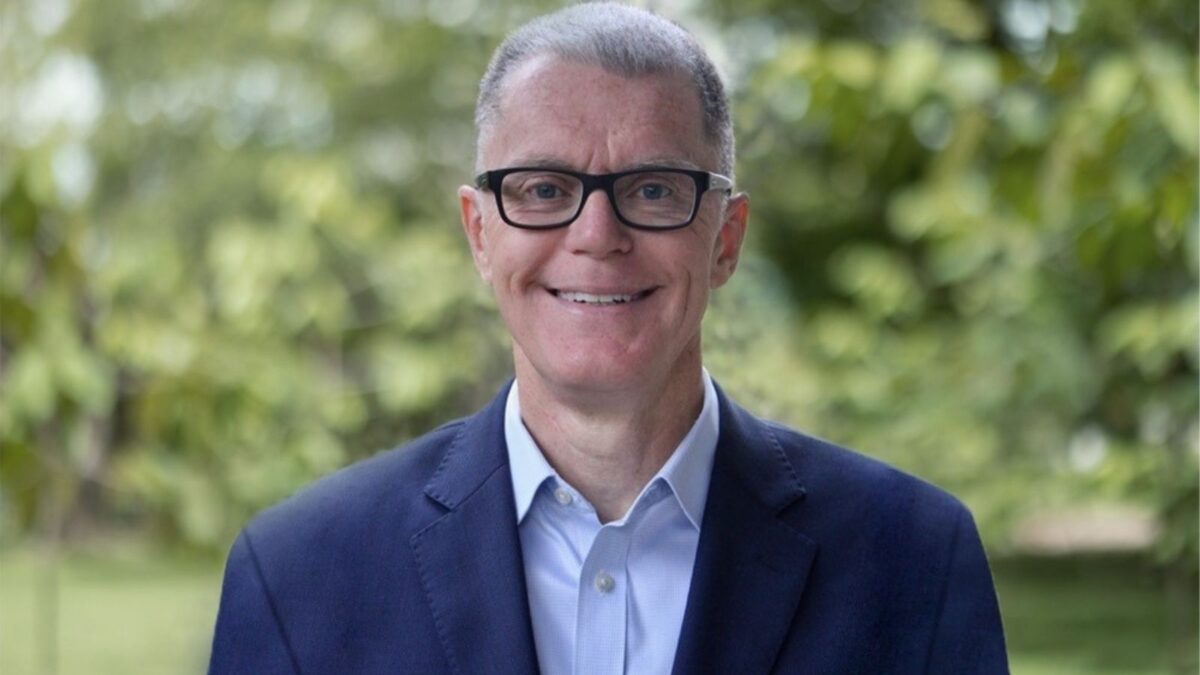Unconstrained fixed interest gathers momentum
(Pictured: Tim Haywood)
Alternative fixed interest strategies have been coming into their own over the past couple of years, notwithstanding a pick-up in yields earlier this year. The issue is how to differentiate between those strategies.
Tim Haywood, investment director and business unit head for fixed income at GAM (Global Asset Management) says that many people think that unconstrained fixed income strategies are mainly providing a lot more credit and a lot less duration than a traditional sovereign bonds fund.
“But I find that’s a poor description,” he said on a regular trip to Australia last week. “We think it should be unconstrained by any factor.”
Haywood has been with the GAM team through its various iterations for the past 16 years, joining what was then Julius Baer Investments in 1998, then the management buyout known as Augustus in 2007 and to GAM in 2009. He says that they have not lost one investment professional from the team over the past 10 years.
The firm has been particularly successful in Australia in the past two years, raising about A$1.3 billion in fixed income mandates. The Australian-domiciled unconstrained fund has returned 8.4 per cent annualized since inception in 2006.
“The last six years have been great for almost every fixed income manager,” he notes. “Others have grown too. Not just active managers either. ETFs have grown and PIMCO too.” The PIMCO mention is top of mind of most bond managers because of its regrouping after the departure of Bill Gross, the CIO, earlier this month. Gross also managed an unconstrained bond fund, which was the biggest mutual fund in the world. But the next six years are going to take a lot more skill to achieve those sort of returns.
“Interest rates are expected to rise, credit spreads are tight and people are paying over the top for yield,” Haywood says. “Equities are also struggling to perform, growth is low and there is plenty to worry about.”
He says the economic growth in the US far exceeds bond prices and even Europe is not doing too badly. Yet yileds remain very low. There are 10 countries in Europe that have negative yields. The average European bond manager is the most overweight in bonds than its been for three years. “It’s heroically optimistic,” he says. “It’s the ‘greater fool theory’.” US managers, however, tend to be underweight duration in their bond portfolios.
“Europe is completely over-cooked in its pricing… If it’s offering a negative yield over two years [duration for government bonds], that’s a sad indictment of a manager can’t find anything else to invest in.”










